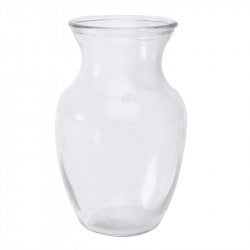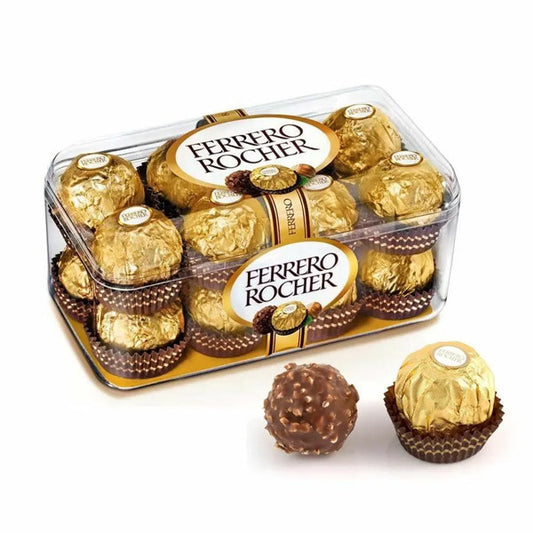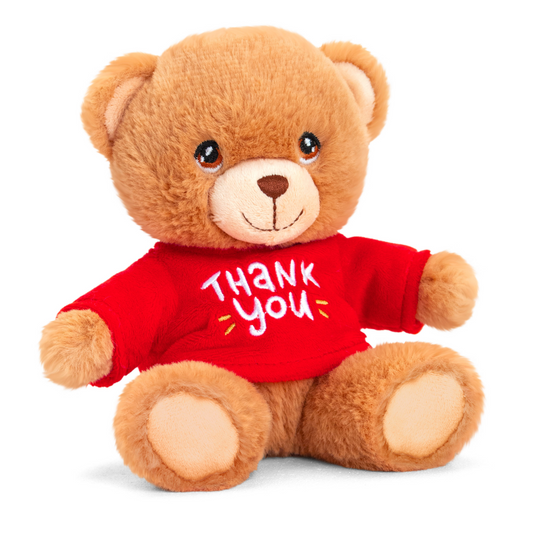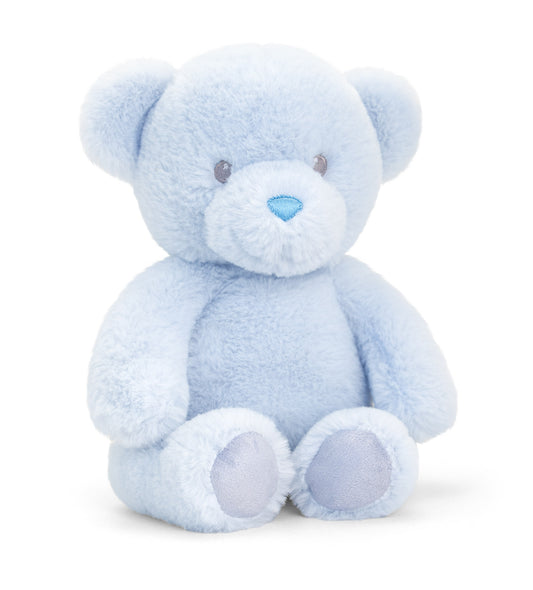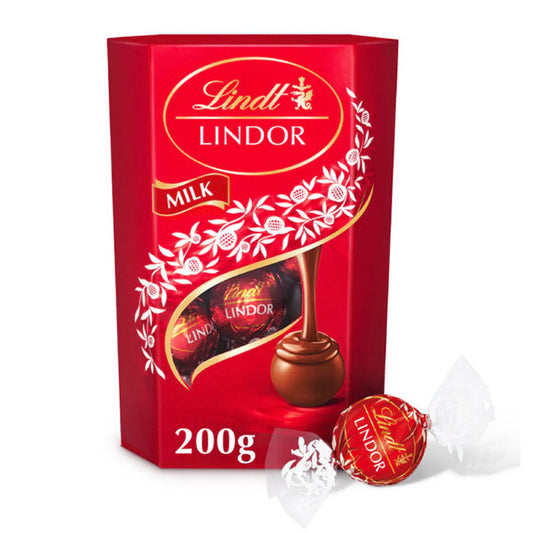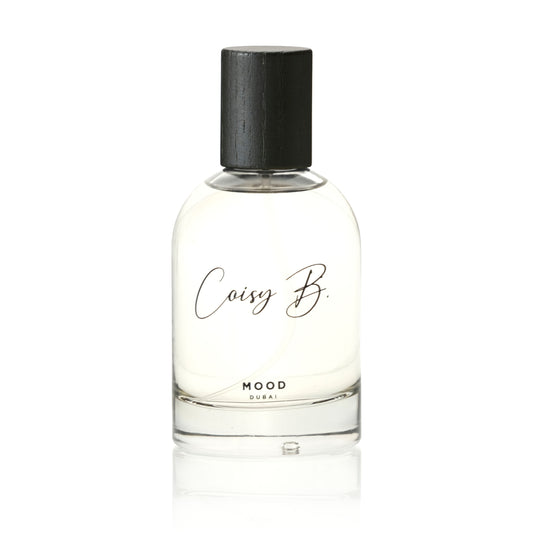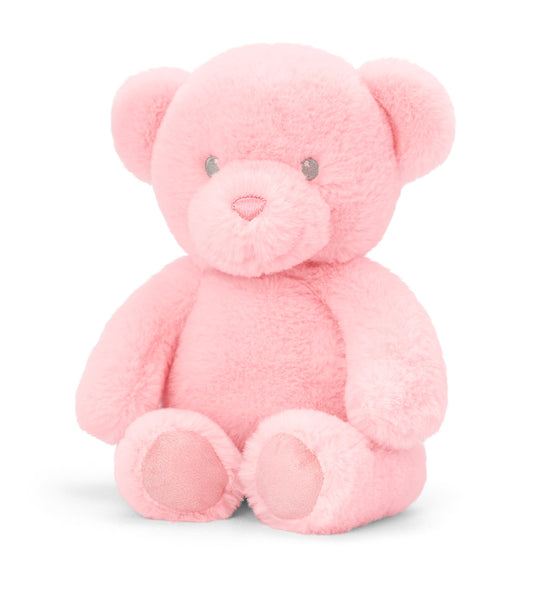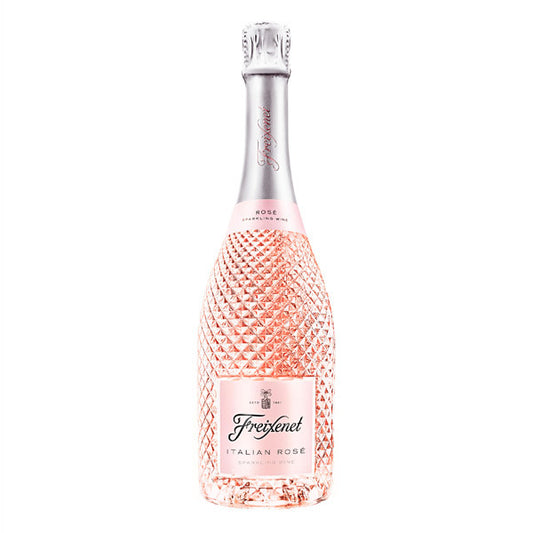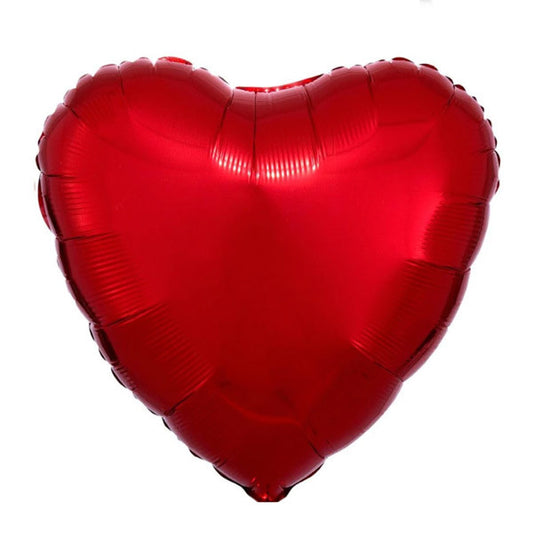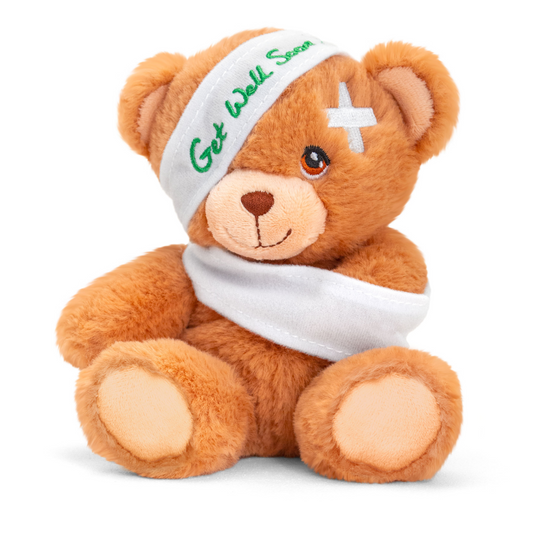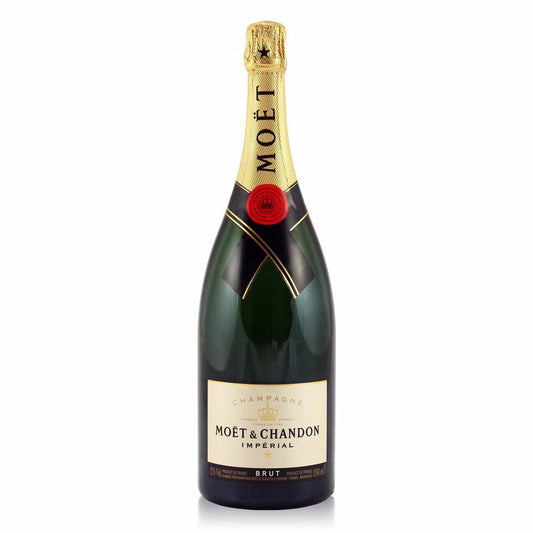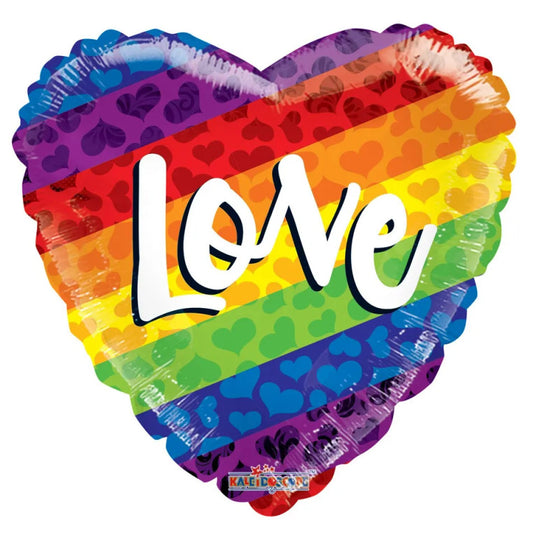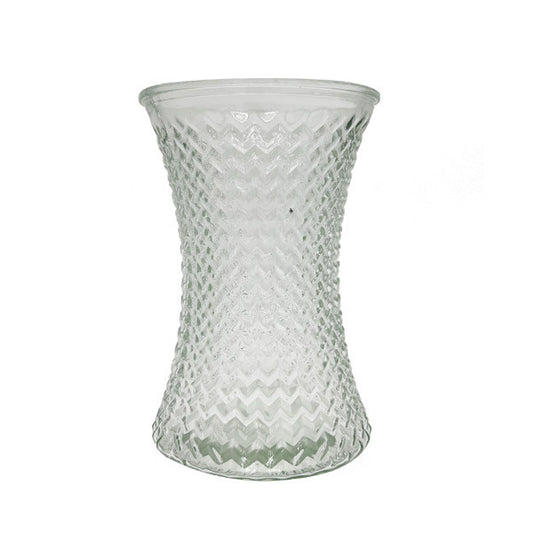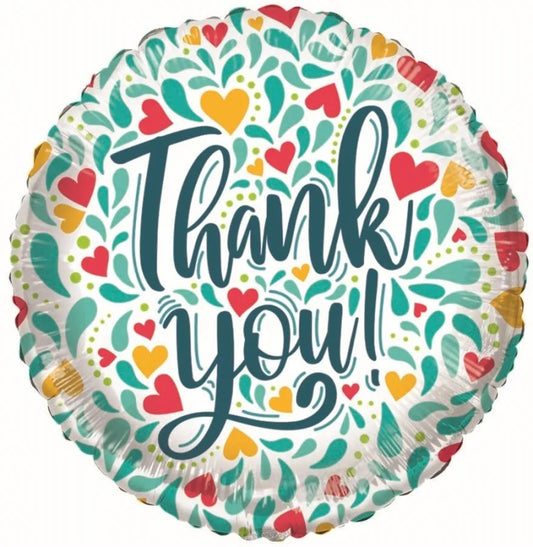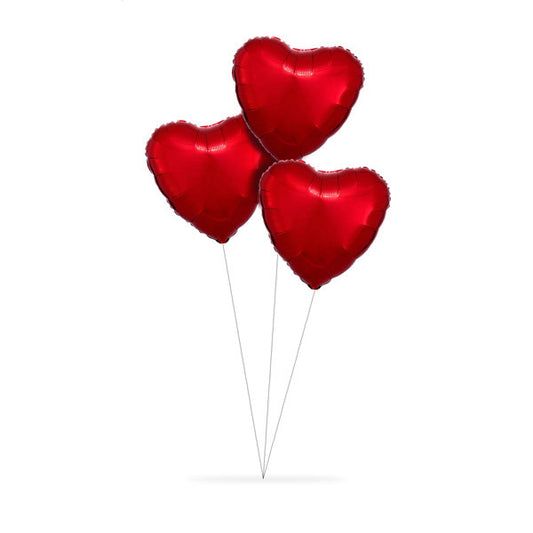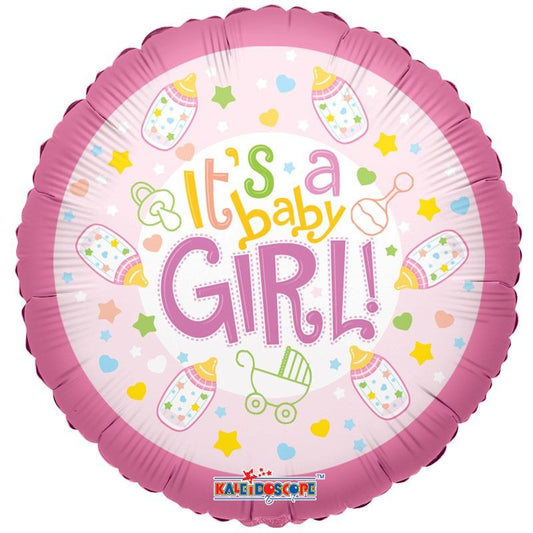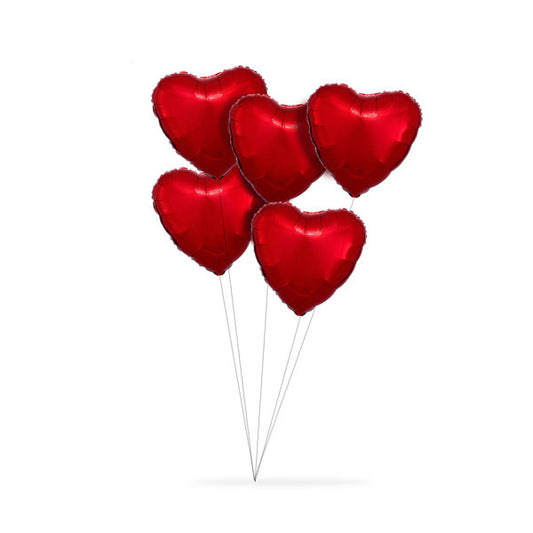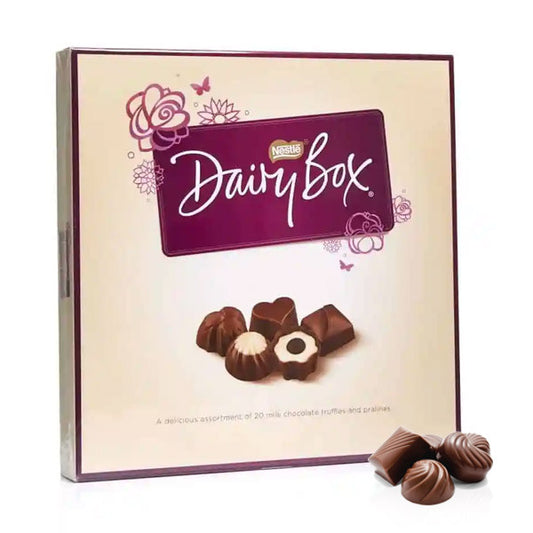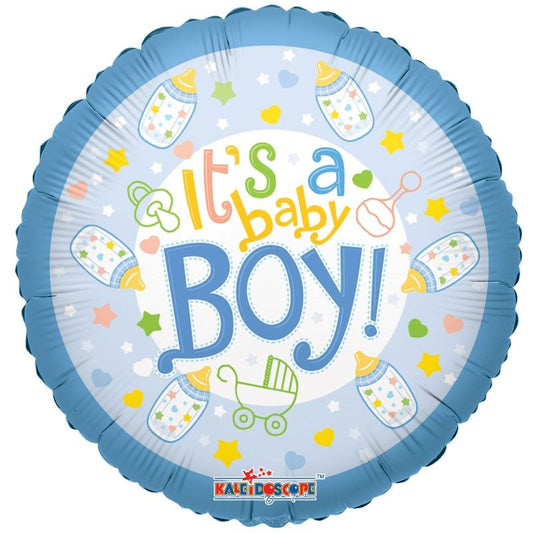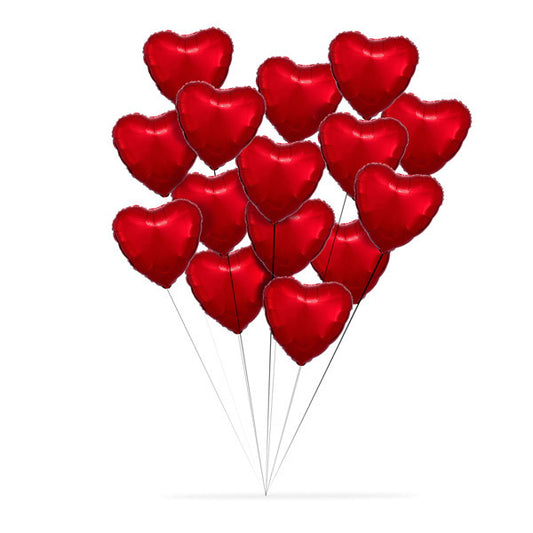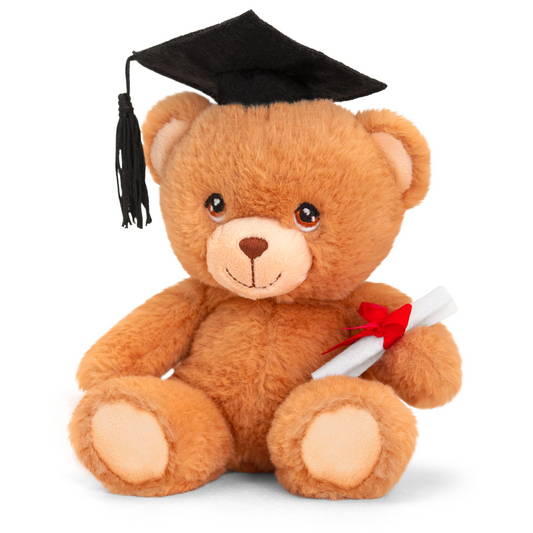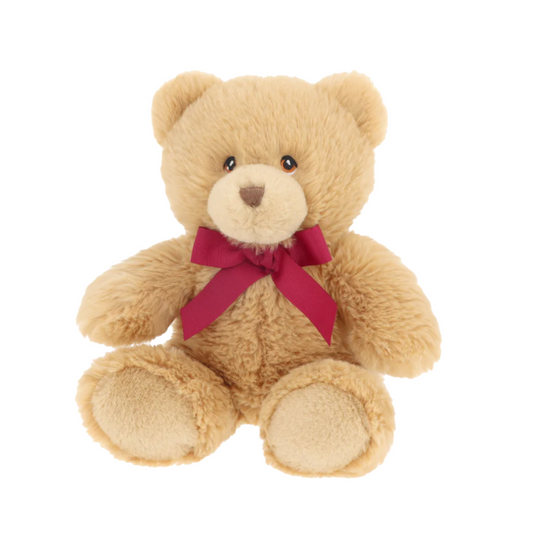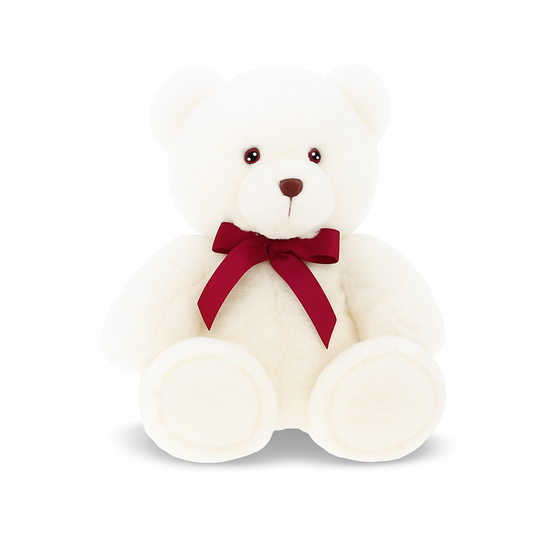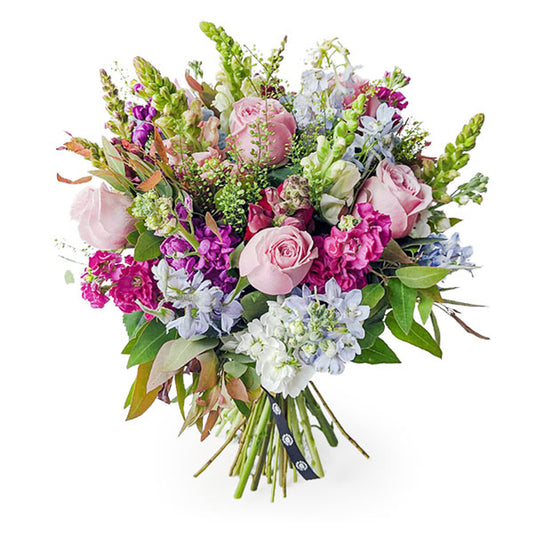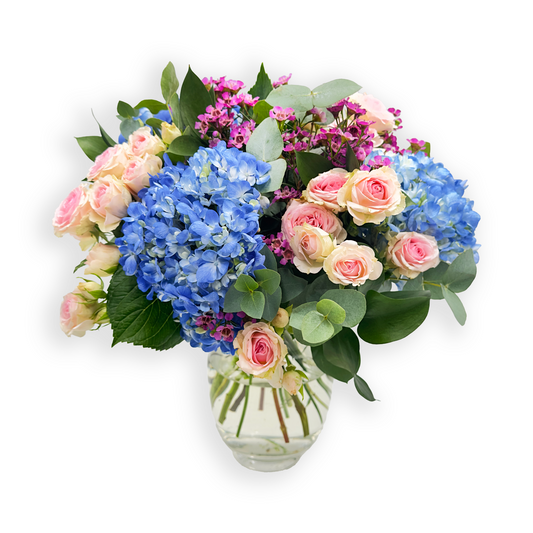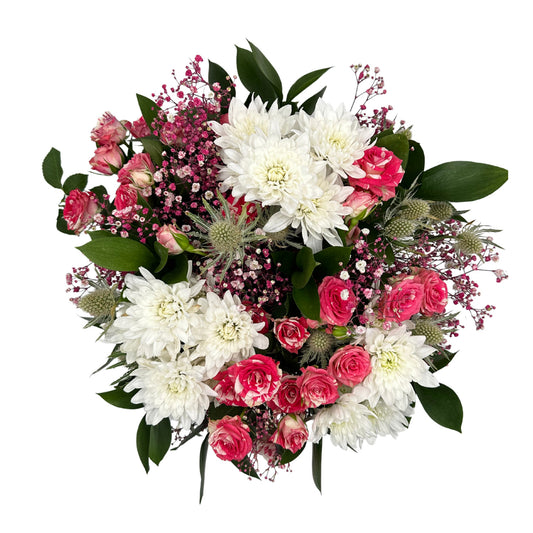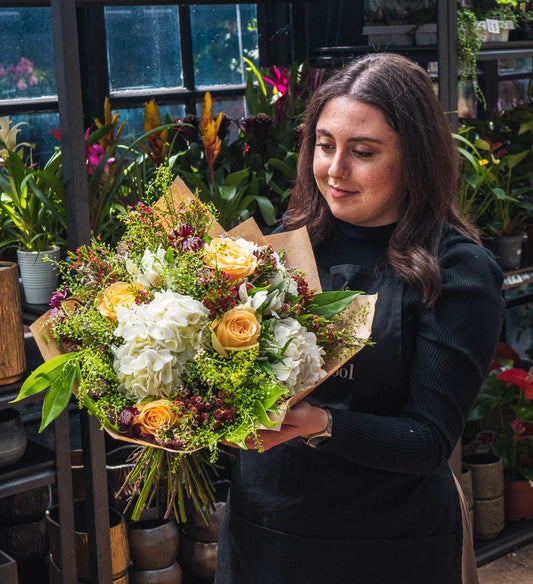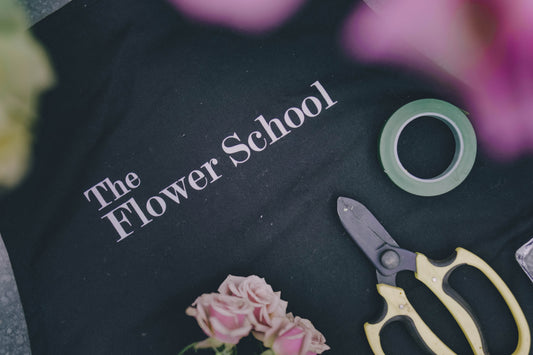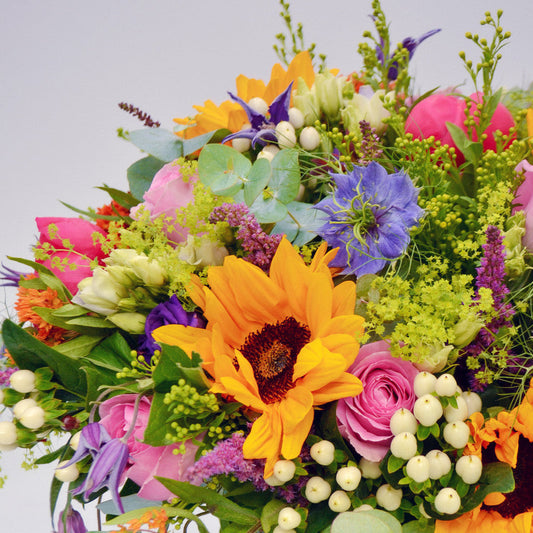
What Can and Can't Be Recycled? A Recycling Guide
Author: Libbi CohenDisposable waste is highly harmful to the environment. The majority of the products purchased come with packaging and materials that end up in landfills or, in the worst-case scenario, in the ocean. One way we could prevent the negative effects of the accumulation of waste is recycling. Recycling has numerous environmental advantages. Teaching people which items are recyclable is sometimes all that is required.
Best Selling Flowers
Send Video Message
This unique service allows you to add a heartfelt, creative video message to your order and make the recipient’s day even more special.
See how it works.

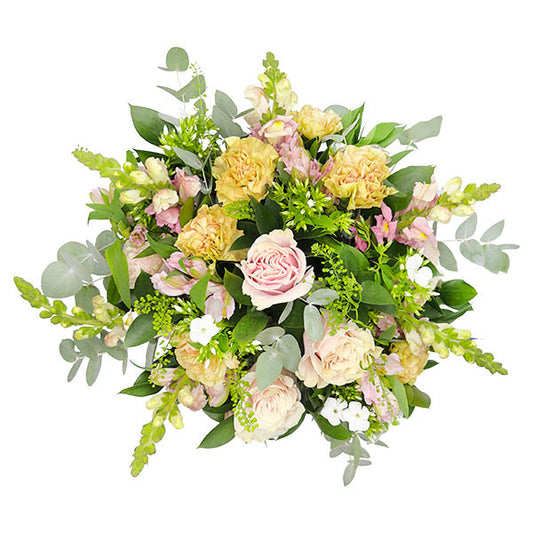
A Parisian Romance
Send Video Message
This unique service allows you to add a heartfelt, creative video message to your order and make the recipient’s day even more special.
See how it works.
Send Video Message
This unique service allows you to add a heartfelt, creative video message to your order and make the recipient’s day even more special.
See how it works.
Send Video Message
This unique service allows you to add a heartfelt, creative video message to your order and make the recipient’s day even more special.
See how it works.

Sunflowers & Roses
Send Video Message
This unique service allows you to add a heartfelt, creative video message to your order and make the recipient’s day even more special.
See how it works.
Send Video Message
This unique service allows you to add a heartfelt, creative video message to your order and make the recipient’s day even more special.
See how it works.
Send Video Message
This unique service allows you to add a heartfelt, creative video message to your order and make the recipient’s day even more special.
See how it works.
Send Video Message
This unique service allows you to add a heartfelt, creative video message to your order and make the recipient’s day even more special.
See how it works.
Learn how to recycle the right way
Recycling doesn’t have to be an effort, it can be easy! Follow this simple guide of how you can become a better recycler and kinder to the planet.
- Clean, empty and dry! Make sure that the items that you want to recycle are clean, empty and dry. If items contain food, they will contaminate recycling. If everybody does this, then materials will be completely recyclable. A useful tip is, if your materials are clean enough to be reused and dry enough so that if you touch it with a tissue, the tissue will still remain dry, then you know that your materials are ready to be recycled. A good rinse and a dry should do the job. Don’t underestimate how important this is - you wouldn’t want your hard efforts to recycle to go to waste because of one greasy pizza box.
- Do not bag your recycling! Place your recyclable items loosely into their designated recycling bins. Plastic bags must be separated from regular recycling as disposable plastic bags are not widely recycled by your local council. If you place your recyclable items in plastic bags, they are no longer recyclable.
- Small items can be dangerous! Objects that are small, like coffee pods, bottle caps and straws are too small to be sorted and can even jam and break the recycling equipment. A good tip to follow is: don’t recycle anything smaller than a credit card.
- Separate! Separate materials if possible and if not, it is not recyclable. Items like laminated paper are not recyclable because the two materials can never be separated. Try to avoid buying non-recyclable materials like these.
- Get to know your plastics! Hard plastics are recyclable. Research which plastics are recyclable and where to recycle different plastics. Don’t just assume that all plastics are the same. There are seven types of commonly used plastics:

Luckily, most supermarkets will have carrier bag collection points (ask a member of staff in your local supermarket), so that the plastic bags can be collected and recycled. These collection points also collect other types of plastic bags, such as freezer bags, magazine wrappers and toilet-roll wrapping.
It is not only plastic packaging that guides consumers with their recycling, but almost every packaging displays labels to assist people with their recycling.

This label is applied to packaging that is collected by at least 75% of UK local authorities. Packaging with this label is sorted, processed and recycled into new packaging or products.

This label is applied to packaging collected by less than 50% of UK local authorities. This means that this packaging is not so easily sorted, processed and recycled.

This label means that you must rinse recyclable packaging, e.g. yoghurt pots.

Lids that are under 40mm in diameter are too small to be recycled as they fall into the gaps at recycling facilities and contaminate the recycling process. This label indicates that you must place the lid or the cap back onto your packaging.

Some packaging needs to be separated. If you see a label like this it means that a film or liner should be taken off the packaging.

This label usually appears on plastic packaging, such as bread bags, crisp packets and wrappers. This type of packaging is recyclable at recycling points in selected supermarkets.

This logo shows that the packaging is made from recyclable aluminium.

If you see this logo on your packaging, you should recycle the glass container. Remember to recycle glass bottles and jars in a bottle bank, or use your glass household recycling collection point if you have one.

This logo demonstrates that the product is able to be recycled, but that it has not necessarily been recycled already or will be accepted in all recycling collection points.

This is a logo from Keep Britain Tidy. It does not relate to recycling, but it is a friendly reminder to consumers to avoid littering and dispose of their packaging responsibly.
Lastly, keep educating yourself! There is so much to learn when it comes to recycling and it takes a while to know everything. Research how to better recycle, contact your local council and learn how to do your best when it comes to tackling climate change.
How to recycle at home
- Be organised! Have separate bins for separate materials, with clear labels so that you don’t get confused. This will also help everyone else you live with to remember to recycle better too.
- Be efficient! Squash down your used plastic bottles and flatten cardboard boxes so that you can fit as much as possible into your recycling bin.
- Think outside the box! It’s not just cardboard boxes and water bottles that can be recycled. What about your plastic toothpaste tubes, your shampoo bottles, or old birthday cards? Even old books can be recycled. Most councils accept the majority of plastics in recycling and almost any type of cardboard can be recycled as long as it doesn’t contain unrecyclable materials, such as glitter. But, if in doubt, check the packaging as it will usually contain a symbol that says whether it is recyclable.
- Plastic, cardboard and metal too! Don’t forget to recycle your tins and cans. Old aerosols like deodorant and hairspray are also recyclable, as well as tin foil.
- Have a routine! Go to a recycling point on the way to work or school. Do this a few times a week and incorporate recycling into your regular routine and it won’t be a hassle anymore.
- Lastly, if you’re not sure, check! If you are ever in doubt about what is recyclable or not, simply check your local council’s website for advice about how to recycle or research online what can and can’t be recycled.

How to help your community become better at recycling
Recycling In School
Whether you are a teacher, a parent, or a student, helping your school to take positive steps to recycle better will help your local community to lower their carbon footprint and help the planet. Follow these easy steps to make your school more eco-friendly.
- Make recycling easy! Position recycling bins that are clearly labelled or even separated by a bright colour, in every hallway and every classroom. This will make recycling bins easily accessible for staff and students.
- Lead by example! Teachers are the biggest influences to children at school and should therefore recycle whenever possible and encourage students to copy. Teachers must set high standards for students to follow, regarding recycling.
- Rewards! Children love being rewarded for their actions. In fact, rewards even encourage students to keep up the good behaviour. Have a chart to keep track of students’ recycling and give prizes to the student who has done the most recycling at the end of the week.
- Reminders! Have posters and clear signs around the school to remind everyone to recycle. You may even wish to have posters explaining why recycling is so crucial and what could happen to the planet without recycling.

Recycling At Work
Most adults spend the majority of their week at work and so it is crucial that the workplace is environmentally friendly. Not only is recycling beneficial to the planet, but it also makes economic sense by reducing resources, reducing waste and buying cheaper alternatives.
- e efficient with recycling! Set up a scheme and make it easy. Place clearly labelled recycling bins all over the workplace, in offices, receptions and hallways.
- Encourage! All members of staff should be encouraged to recycle. A good way to encourage staff to recycle is by arranging talks by guest speakers who are experts in climate change and community action who can educate staff about the dangers of climate change and how beneficial recycling can be to tackle this problem.
- Don’t ignore those who don’t recycle! If you notice a member of staff who regularly doesn’t recycle and throws their plastic bottles in the regular bin instead of the recycling bin, have a word with them and encourage them to recycle.
- Be charitable! Recycling doesn’t necessarily mean throwing stuff away, it can also mean reusing things. Damaged or old items of clothing should not be thrown in the bin, but they can be donated to charities who can make use of the clothing or reuse the materials to make something new. Encourage all staff members to think of charities before they dispose of their old belongings.

How to recycle in your everyday life
- Bags! Bring your own bags when you go shopping. This will prevent you from purchasing plastic bags at checkout. Not only is this better for the planet, but it is also more cost effective.
- Plan! Planning prevents waste. If you plan your meals ahead of the week and plan your food shops accordingly, you will be less likely to buy unnecessary items meaning that you will not waste as much food.
- Buy refills! Now, it is very common to find refills of your favourite products, such as perfumes, shampoo and deodorant. This is also a lot more cost effective.
- Avoid disposables! Buy reusable water bottles instead of buying disposable plastic bottles. Also buy a flask for your coffee that you can bring to coffee shops instead of buying their disposable cardboard or plastic cups. Again, this is a much cheaper option. Low energy lightbulbs and rechargeable batteries are also a good choice.
- Avoid excess packaging! In supermarkets, products are often packaged in excess, unnecessary packaging. If possible, look for items with minimal or no packaging. For example, if buying bananas, choose the loose bananas rather than the bunches wrapped in disposable plastic.

Last but not least, remember: recycling is great, but let’s reduce waste!

